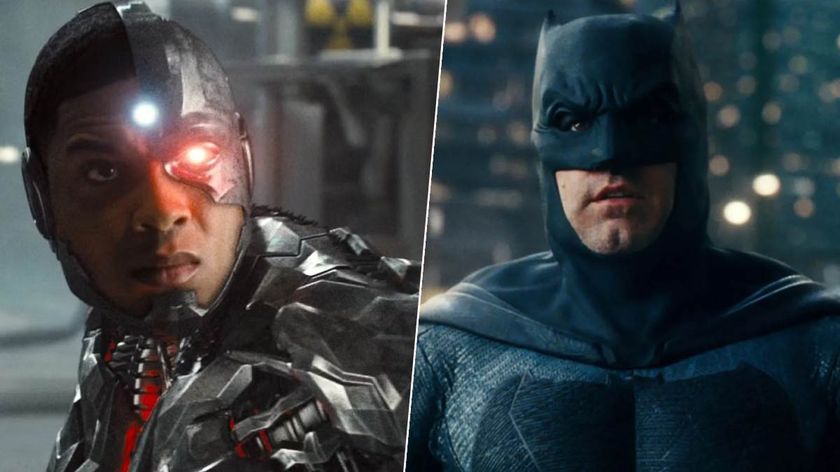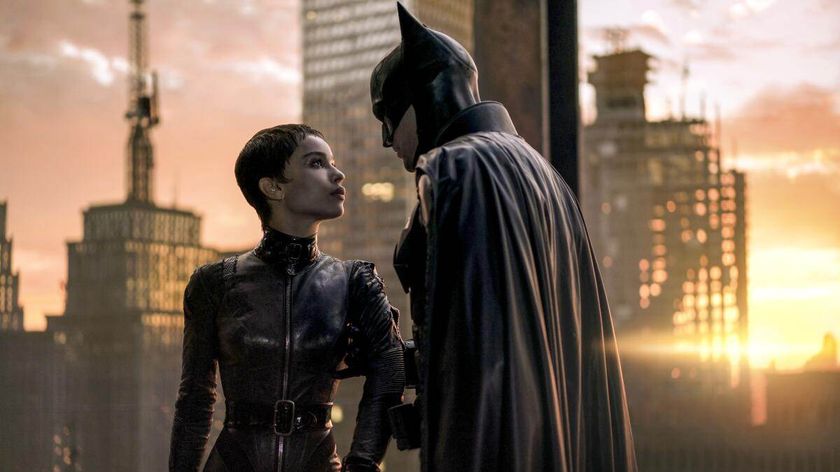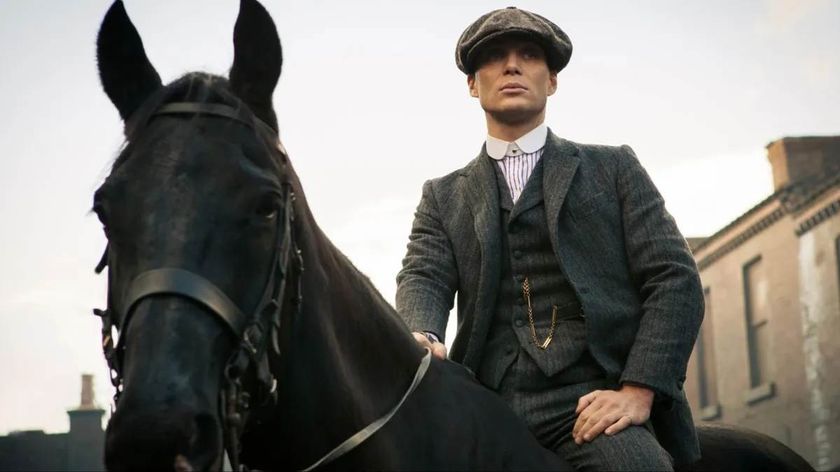Where the Wild Things Are at 10: The best movie about childhood not for children
Spike Jonze's film was criticised upon initial release for being too dark – but it was never intended for kids

"I didn't set out to make a children's movie; I set out to make a movie about childhood," director Spike Jonze said in 2009, responding to the criticism surrounding his then-new film Where the Wild Things Are. Even before its release, Where the Wild Things Are was divisive; early leaked test footage and rumours of “scared children” forced Warner Bros. to delay the film’s release and even consider reshooting it. In interviews, Jonze found himself addressing fears that the film was too “scary” for kids – an audience it was never intended for. “If I had seen this film when I was eight, I would have been terrified,” said a reviewer for the Atlantic. In another article, a woman lamented her decision to bring her daughter to see it at all.
Despite its mostly positive reviews, the misconception that the film was for children cloaked its release in controversy. In 2009, the Guardian added that many critics also believed Maurice Sendak’s book to be dark. The author had no time for the conversation, saying that he “would not tolerate” the idea that Jonze’s adaptation was too scary for children: “I would tell them to go to hell. And if children can't handle the story, they should go home. Or wet your pants. Do whatever you like. But it's not a question that can be answered.”
That the film is upsetting is undeniable. Released ten years ago, Spike Jonze’s Where the Wild Things Are took Sendak’s slim book and adapted it into a masterpiece that did the source material’s tone justice. He spent three years making and perfecting the film – casting Max alone took months, but with the aptly named child actor Max Records in place, filming began in Australia in 2006. To create a complex, multi-dimensional world that feels so real it made children cry, Jonze took no shortcuts. His team created costumes, built real structures, and utilised CGI to conjure concrete feelings. Karen O created a soundtrack and score that evokes the playfulness and longing of childhood while underscoring the film with real threat.

Max comes to the scary Land of the Wild Things at a moment of complete hopelessness. He has no one to play with; his sister’s friends have bullied him. He tears around his home, face red and wet with tears and snow, destroying his sister’s things. He is both aggressor and victim; he starts the snowball fight but gets upset when the bigger kids take it too far. He screams at his mother, but when she loses her temper, he runs away, finding himself in a sailboat travelling to another land as the lines between reality and fantasy start to blur. We are asked to suspend our disbelief just long enough to understand how children see the world.
While the moral panic might have you thinking otherwise, Where the Wild Things Are was certainly not the first film to deal with the childhood impulse to run and hide from problems. In Labyrinth, Bridge to Terabithia, and The Neverending Story, too, children run to fantasy worlds they’ve conjured up to escape the stresses of daily life. These worlds are so real onscreen because they’re real to children; they’re a testament to the places that imaginative kids make to create refuge. Often the reality of life, even of a normal family fight, is so overwhelming to children that they need to get away.
Once in the Land of the Wild Things, Max is the aggressor again. He joins in with a monster called Carol who’s smashing up everybody’s houses. The other Wild Things regard Max with suspicion, circling him and threatening to eat him until he pretends to be a king, spinning tales from his own life. His safety is dependent on the “truth” that he is a king; they’ll eat him unless he makes good on his promises, keeping “out all the sadness”. A burned-out fire is littered with bones, and Max asks whether they belong to other kings. It shadows the rest of the film in the insidious threat that he will be eaten as soon as he’s found out.
Of course, he is found out. First by other Wild Things, and then by the volatile Carol, who goes on a wild rampage. “He’s just a boy pretending to be a wolf, pretending to be a king,” says Douglas, and Carol threatens to eat Max. Max has, in trying to find a world where he’s respected and can have free rein, unwittingly stumbled into a world of adults that need him more than he needs them.
Sign up for the Total Film Newsletter
Bringing all the latest movie news, features, and reviews to your inbox
Where the Wild Things Are is full of violent, scary, sad things – that much is true. But to say that makes it inappropriate for children is to do children an injustice. The film puts forward the revolutionary idea that children are people, too, with rich inner lives and fears of their own. It takes Max, and lonely children like him, seriously. “The one thing I hope is that there would be some conversations, and that a parent might actually be able to talk to their kid in a different way and ask their kid what they think, and not worry about how they're going to turn out. But be curious as to who they are,” said Jonze in 2009.
Max isn’t unique. He’s neurotic, sure; obsessed with the idea that the sun is going to burn out and that he’ll lose his teeth. He turns to fantasy for escape, but in a world of other Wild Things, he sees his own neuroses reflected back at him, as Carol talks about the island becoming dust and about losing teeth, too. Max’s fear of mortality, which we try to protect kids from, is present in a lot of children. To pretend otherwise is naive.
Where the Wild Things Are was never for children. Maybe it is, though, for former children; adults still in touch with the weird, lonely kid they once were. For the adults who, not so long ago, wanted to run away, too. We still want to see, or in Jonze’s case make, films about our past lives. Perhaps it’s not just how formative childhood was, but how little we understood it then. In childhood, all of our fears and flaws are formed, but we don’t have the capacity to process them. In adulthood, we work to face those fears and undo what was done to us, and sometimes that’s done by watching or making films like this.
When I first saw the trailer for Where the Wild Things Are, soundtracked by Arcade Fire’s “Wake Up”, I immediately burst into tears. I knew, unreservedly, that I would love the film itself. When I watched it, I found that it did everything Jonze set out to do: it broke my heart, from the first scenes of Max getting bullied, to the one where he leaves the Land of the Wild Things without saying goodbye to Carol. Carol runs to the water’s edge, but Max is already gone; Max and the wild things howl together. That scene was pivotal, a stark and profound reminder that even children don’t always get what they want.
Of course, there was some happy ending. Max returns home, to a worried and adoring mother, who pours him a glass of milk and stares at him adoringly. If the imagined world is there when things get scary in the real one, then the same is true vice versa – for Max at least.
Looking for something to watch? Why not check out the best movies on Netflix?
Marianne Eloise works as a freelance journalist covering film, TV, wellness, digital culture, money, and music, and a variety of other topics. You'll find her bylines in a variety of print and online publications, such as 12DOVE, The Cut, The New York Times, Vulture, i-D, and Dazed.

















